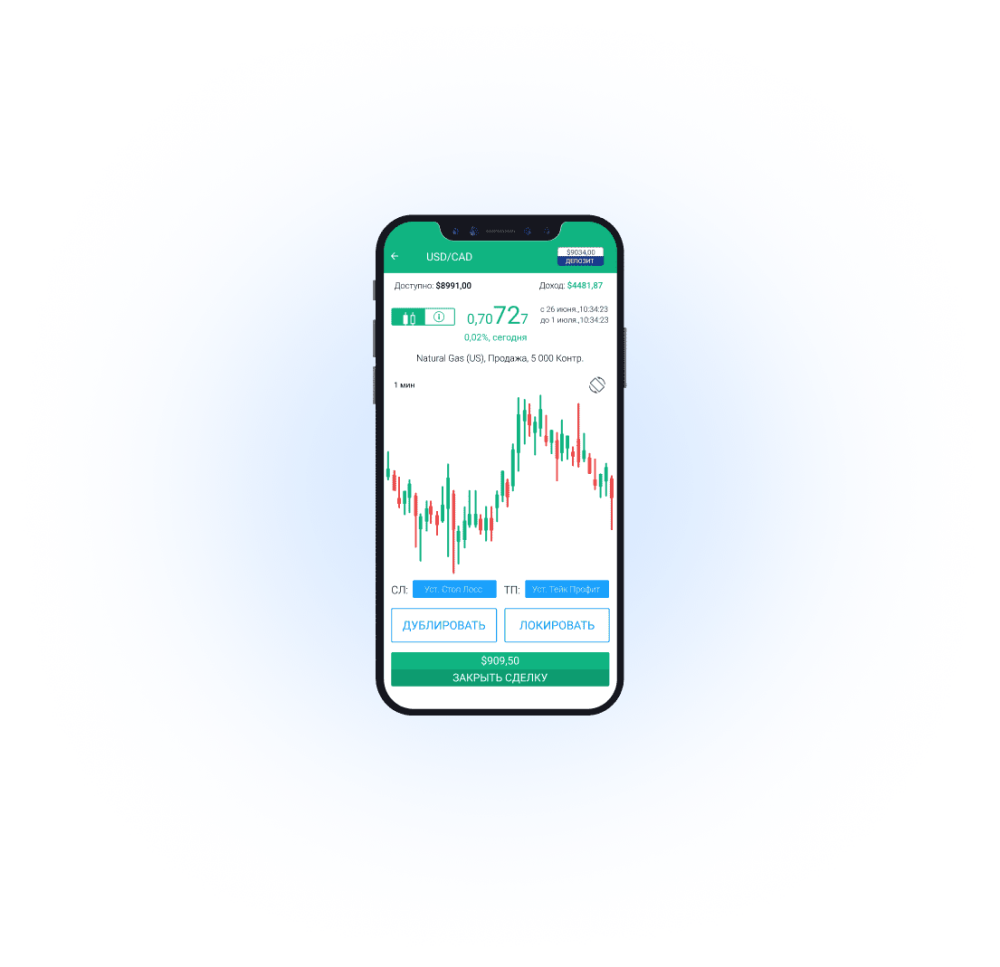
Elliott’s creation was based on his extensive study of market data, with a focus on stock markets. His systematic research included at least 75 years’ worth of information. Aetna gapped up on October 31st (red circle) and kept on going, with that level marking the halfway point of the 3rd wave.
The development of computer technology and Internet is perhaps the most important progress that shape and characterize the 21st century. The proliferation of computer-based and algorithmic trading breed a new category of traders who trade purely based on technicals, probabilities, and statistics without the human emotional aspect. In addition, these machines trade ultra fast in seconds or even milliseconds buying and selling based on proprietary algos. On the other hand, retrace waves (2 and 4) are broken up into upward and downward movements of three waves, represented by ((a)), ((b)), and ((c)). Adam Hayes, Ph.D., CFA, is a financial writer with 15+ years Wall Street experience as a derivatives trader.
Trend and Consolidation Price Structures
However, keep in mind that it takes practice to confidently apply Elliott Wave Theory. At the end of wave 4, more buying sets in and prices start to rally again. Prices may meander sideways for an extended period, and wave four typically retraces less than 38.2% of wave three. This is a good place to buy a pull back if you understand the potential ahead for wave 5. Still, fourth waves are often frustrating because of their lack of progress in the larger trend. Various Fibonacci ratios can be created in a table shown below where a Fibonacci number (numerator) is divided by another Fibonacci number (denominator).

See the section on corrective waves for more detail on their formation. At times, the subdivisions of the extended sub-wave look almost the same in amplitude and time duration as the four other waves in the higher degree impulse wave of which they are a part. Instead of having a wave-count of 5 for the impulse, it is tempting to count 9 waves, as it may not be clear as to which wave is the extended wave. However, it does not really matter in the long run as the technical significance would be the same, even if one had assigned the wrong count.
Do you already work with a financial advisor?
However, like all motive waves, it consists of five sub-waves and aims to move the market in the direction of the trend. The difference is that the diagonal looks like a wedge – either expanding or contracting. Also, the sub-waves of the diagonal may not have a count of five, depending on what type of diagonal is being observed.
In other words, if you want to count the sub-waves of a correction, you could start your count from the end of the previous wave. Waves 1, 3, and 5 are impulsive in nature as they move the stock price in a particular direction (here, upwards, but even downward stock movement can constitute an impulse wave). Wave 2 is a smaller downward movement after wave 1, and wave 4 is a smaller downward movement after wave 3.
Elliott recognized that the Fibonacci sequence denotes the number of waves in impulses and corrections. Wave relationships in price and time also commonly exhibit Fibonacci ratios, such as 38% and 62%. For example, a corrective wave may have a retrace of 38% of the preceding impulse. If applied correctly, however, this method may give users the ability to understand market trends. It helps investors or traders to generate long-term strategies or at least have the capacity to assess the plausibility of specific price movements over time.
4 Fibonacci Retracement and Extension
This is vital information in our trade analysis because it raises odds even further that sideways price action at resistance will yield a breakout and even higher prices. To implement Day trading tips the Elliot principle, traders first need to count waves and then ride the trend or go against it. Commodity and historical index data provided by Pinnacle Data Corporation.
- According to the theory, it does not depend on what timeframe you are analyzing; market movements follow the same types of patterns.
- These price patterns or ‘waves’ depend on rules developed by Ralph Nelson Elliott in the 1930s.
- If you saw this pattern on a chart, depending on the larger picture, you might expect another five waves down.
- On the other hand, Wave B is made up of three waves identified by ((a)), ((b)), and ((c)).
- His theory gained notoriety in 1935 when Elliott made an uncanny prediction of a stock market bottom and has become a staple for thousands of portfolio managers, traders, and private investors.
- Nonetheless, there are those who have successfully used Elliott Wave patterns in their trading.
In practice, the waves may be drawn in several ways, without necessarily breaking Elliot’s rules. This means that drawing the waves correctly is far from a simple task. Not only because it requires practice, but also due to the high level of subjectivity involved. When compared to Motive Waves, Corrective Waves tend to be smaller because they move against the bigger trend. In some cases, such a counter-trend struggle can also make Corrective Waves much harder to identify as they can vary significantly in length and complexity.
5 The Rise of Algorithmic / Computer-Based Trading
If you start your Elliott Wave count at the high, you’re basically identifying the movement to the downside. Conversely, if you start the count at the low, you’re identifying the movement to the upside. There are different methods traders can use to start an Elliott Wave count. However, the best method to start an Elliott Wave count is to begin the count at an extreme swing high or an extreme swing low. Many traders, even the more experienced traders, have difficulty figuring out where to begin the Elliott Wave count.
PALANTIR (PLTR) Is Correcting The Rally From December 2022 Low – Barchart
PALANTIR (PLTR) Is Correcting The Rally From December 2022 Low.
Posted: Mon, 04 Sep 2023 18:30:00 GMT [source]
Remember that as per the Elliott Wave theory, the corrective waves are nothing but fluctuations of market sentiment, which eventually push the asset’s price action upwards. There are some rules that help to identify the Elliott Wave patterns. Elliott’s Wave Theory mainly comprises two kinds of waves – motive (impulse waves) and corrective waves. Impulse or motive waves are movements that occur in the direction of a trend. On the other hand, corrective waves occur in a direction opposite to the ongoing trend.
Risk Management and Trading Strategies
Traders need to follow a few set of rules before applying it as a forex trading strategy. Elliot observed that the impulse and corrective waves use Fibonacci ratios for their calculations. The chart above shows the eight-wave sequence with a rising five-wave motive wave and a falling three-wave correction. You will notice that this movement, from beginning to end, finishes higher than it started (i.e., price increased). If you think about it, a 5-3 structure is the minimum requirement to achieve both fluctuation and progress in an up or down direction. Markets fluctuate – rise and fall – and they advance either up or down as they progress.

The next logical thing we need to establish for the Elliott Wave strategy is where to take profits. With the help of the MACD indicator we can see that although wave C dropped below wave A, the momentum reading on the MACD for wave C was above the level of wave A. The MACD divergence was an early signal that the price was about to reverse. In the EUR/USD chart above we have highlighted a typical ABC correction. Namely, it can be used to identify the end of the third wave and the end of the 5th wave.
Elliott Wave Theory : Rules, Guidelines and Basic Structures
Fibonacci Extension refers to the market moving with the primary trend into an areas of support and resistance at key Fibonacci levels where target profit is measured. Traders use the Fibonacci Extension to determine their target profit. At the core of its bearish outlook is its record of predicting cyclical tops and bottoms throughout https://investmentsanalysis.info/ the Bitcoin market’s history, as shown in the chart below. There are many different strategies on how to trade Elliott Wave and ultimately it all comes down to your experience and how good you’re at identifying Elliott Wave entry points. The above chart was constructed using Elliott Wave strategy Step #2 through Step #4.






